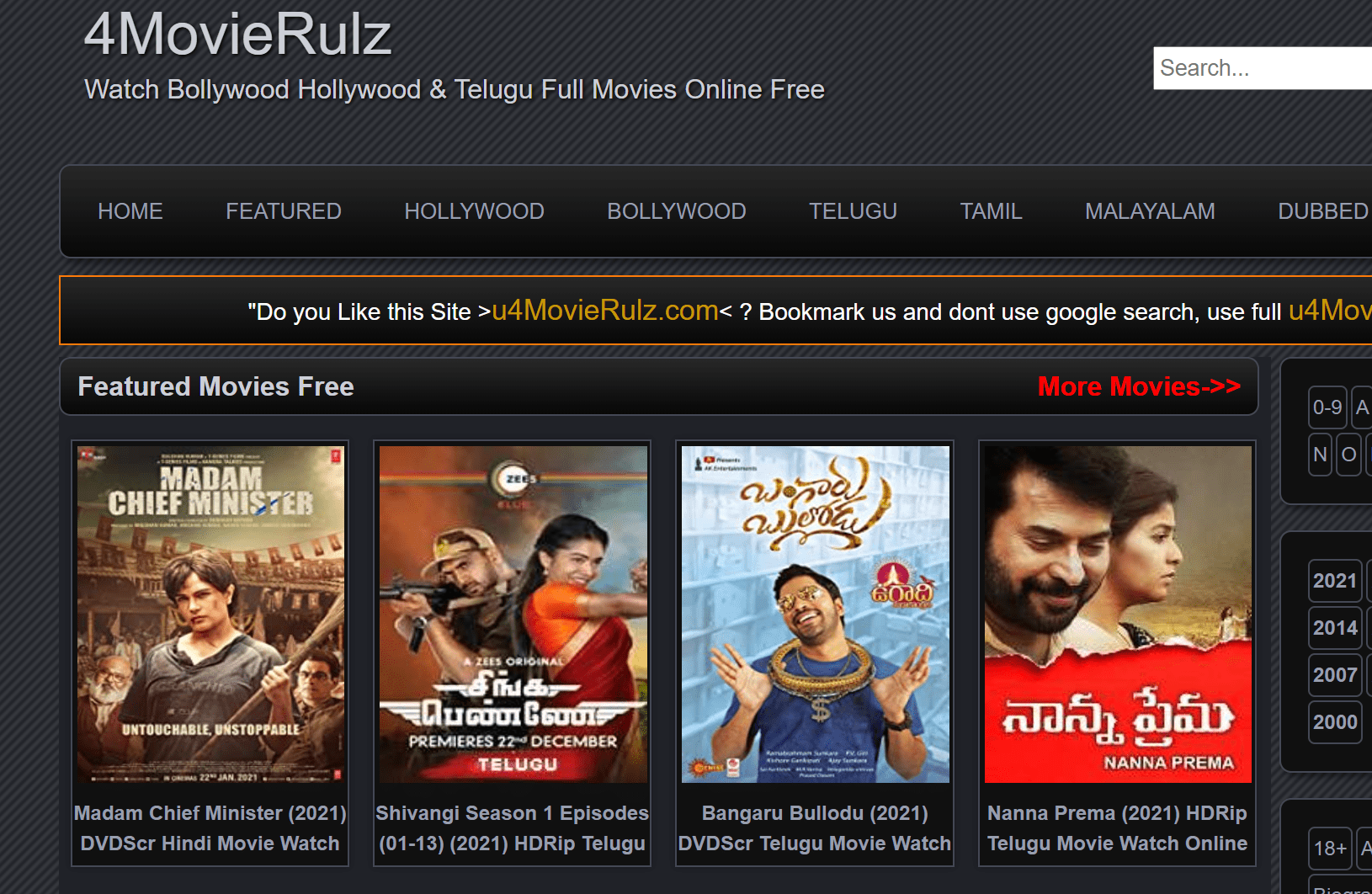Ever wondered why some movies resonate deeply while others fall flat? It boils down to understanding and adhering to fundamental storytelling principles, what we call the "5 movie rulez," that guide the creation of compelling cinematic experiences.
These aren't hard and fast laws, but rather guidelines refined over decades of filmmaking, gleaned from both box office successes and critical darlings. Think of them as a compass, helping navigate the often-turbulent waters of scriptwriting, directing, and editing. Ignoring them entirely might lead to a cinematic shipwreck; embracing them can set your film on course for success. They touch upon narrative structure, character development, visual storytelling, thematic resonance, and the overall emotional impact a film has on its audience.
To delve deeper into this concept, let's consider the framework of a hero's journey. The "5 movie rulez" often align with the stages of this journey, providing a blueprint for character transformation and plot progression. A strong understanding of these rules allows filmmakers to create narratives that feel both familiar and fresh, tapping into archetypal patterns while still offering something unique and engaging. Failure to understand these guidelines could lead to predictable plots, unlikeable characters, and a lackluster viewing experience for the audience.
- Kannada Movies Online Watch Legally Explore Alternatives
- Kannada Movies 2024 Releases News Where To Watch
Consider, for example, the classic "rule" of "show, don't tell." It's a foundational principle applicable not just to screenwriting, but to all forms of storytelling. Instead of having characters explicitly state their feelings or motivations, filmmakers should use visual cues, actions, and subtle dialogue to convey these nuances. A character nervously fidgeting with their hands communicates anxiety far more effectively than simply stating, "I'm anxious." Similarly, a character's actions speak volumes about their true nature. A seemingly kind character secretly sabotaging a colleague reveals a hidden layer of complexity and intrigue. This rule pushes creators to be more imaginative and visually creative, ultimately leading to more immersive and captivating narratives.
| Concept | The 5 Movie Rulez |
|---|---|
| Description | Fundamental storytelling principles for creating compelling cinematic experiences. |
| Key Areas | Narrative structure, character development, visual storytelling, thematic resonance, emotional impact. |
| Relevance | Provides a framework for understanding successful filmmaking techniques. |
| Link | The Academy Awards |
Another crucial element revolves around character arcs. Each character, especially the protagonist, should undergo a significant transformation throughout the film. This transformation should be believable and earned, stemming from the challenges and experiences they face. A static character, one who remains unchanged from beginning to end, can feel flat and uninteresting. The audience needs to witness growth, resilience, and the consequences of choices. Consider the transformation of Walter White in "Breaking Bad." He evolves from a timid chemistry teacher into a ruthless drug lord, a transformation driven by desperation, pride, and a desire for control. While not a movie, the principles apply equally to long-form storytelling, and his journey serves as a powerful example of a well-executed character arc. The 5 movie rulez highlights the importance of these well-defined arcs.
Visual storytelling is equally important. Film is a visual medium, and filmmakers should leverage the power of imagery to convey meaning and emotion. Camera angles, lighting, composition, and color can all contribute to the narrative. A low-angle shot can make a character appear powerful and intimidating, while a high-angle shot can make them seem vulnerable. A dark, shadowy scene can create a sense of suspense and unease, while a brightly lit scene can evoke feelings of hope and optimism. The deliberate use of color can also enhance the emotional impact of a scene. For instance, the heavy use of red in a scene can symbolize anger, passion, or danger. Mastering these visual techniques allows filmmakers to communicate directly with the audience on a subconscious level, creating a richer and more immersive viewing experience.
- Movierulz Your Guide To Telugu Kannada South Indian Films 2025
- Watch Vega Online Streaming Where To Watch More
Furthermore, the best films often explore universal themes that resonate with audiences across cultures and backgrounds. These themes can include love, loss, redemption, betrayal, justice, and the search for meaning. By tapping into these fundamental human experiences, filmmakers can create stories that are both entertaining and thought-provoking. A film about overcoming adversity can inspire viewers to persevere through their own challenges, while a film about the importance of forgiveness can encourage them to let go of resentment. By exploring these themes in a meaningful and nuanced way, filmmakers can create films that have a lasting impact on the audience.
Emotional impact is perhaps the most crucial of the "5 movie rulez." A film should evoke a strong emotional response from the audience. Whether it's laughter, tears, fear, or joy, the film should leave a lasting impression. This emotional connection is what makes a film memorable and impactful. A film that fails to connect with the audience on an emotional level will likely be forgotten soon after the credits roll. Filmmakers can evoke emotion through compelling characters, dramatic plot twists, powerful music, and stunning visuals. The goal is to create a visceral experience that resonates with the audience long after they leave the theater.
One could also argue the importance of pacing and rhythm within a film. A well-paced film keeps the audience engaged and invested in the story. Too slow, and the audience may become bored and lose interest. Too fast, and they may feel overwhelmed and confused. The rhythm of a film refers to the way in which different scenes and sequences are connected. A film with a good rhythm feels natural and fluid, while a film with a bad rhythm feels disjointed and jarring. Filmmakers can control pacing and rhythm through editing, music, and sound design. By carefully crafting the pacing and rhythm of a film, they can create a more immersive and engaging viewing experience. Consider the deliberate slow burn of films like "There Will Be Blood," building tension and unease over an extended period, contrasted with the frenetic pace of action films like "Mad Max: Fury Road." Both approaches, when executed effectively, can be incredibly powerful.
And it's important to consider the role of conflict. Conflict is the driving force of any good story. Without conflict, there is no drama, no tension, and no stakes. Conflict can arise from internal struggles within a character, external challenges posed by other characters or the environment, or a combination of both. The resolution of conflict is what drives the plot forward and ultimately leads to the character's transformation. A film with weak or nonexistent conflict will likely feel flat and uninteresting. Filmmakers should strive to create compelling conflicts that challenge their characters and keep the audience engaged. Think of the classic man vs. nature conflict in films like "The Revenant," or the internal conflict faced by a character grappling with a moral dilemma in a film like "Schindler's List."
Another important aspect of successful storytelling revolves around the use of symbolism and metaphor. Symbolism and metaphor can add layers of meaning to a film, allowing filmmakers to communicate complex ideas in a subtle and evocative way. A recurring motif, such as a specific color or object, can represent a particular theme or emotion. A metaphorical scene, such as a dream sequence, can reveal a character's subconscious desires or fears. The effective use of symbolism and metaphor can elevate a film from mere entertainment to a work of art. Consider the symbolic use of the rose in "American Beauty," representing beauty, desire, and the fleeting nature of life. These subtle details can enrich the viewing experience and leave a lasting impression on the audience.
Furthermore, the quality of the dialogue is paramount. Dialogue should be realistic, engaging, and purposeful. It should reveal character, advance the plot, and convey information in a natural and believable way. Bad dialogue can feel clunky, artificial, and distracting. Good dialogue, on the other hand, can be witty, insightful, and emotionally resonant. Filmmakers should pay close attention to the nuances of language and strive to create dialogue that is both authentic and compelling. Consider the sharp, witty dialogue of Quentin Tarantino films, or the realistic and emotionally charged dialogue of Mike Leigh films. Dialogue is a powerful tool that can make or break a film.
The importance of sound design should not be underestimated. Sound design is the art of creating and manipulating sound effects to enhance the emotional impact of a film. Sound effects can be used to create a sense of realism, build suspense, and heighten the emotional impact of a scene. The absence of sound can also be used to create a sense of unease or isolation. A well-designed soundtrack can significantly enhance the viewing experience and immerse the audience in the world of the film. Consider the use of sound in horror films like "The Exorcist," where unsettling sound effects are used to create a sense of dread and terror, or the use of music in romantic comedies to enhance the emotional connection between the characters.
In addition to all of these elements, a truly great film often possesses a unique and original vision. It's not enough to simply follow the "5 movie rulez"; filmmakers must also bring their own creativity and perspective to the table. They must be willing to take risks, experiment with new techniques, and challenge conventional wisdom. A film with a strong and distinctive voice is more likely to stand out from the crowd and leave a lasting impression on the audience. Consider the groundbreaking visual style of films like "Blade Runner 2049," or the unconventional narrative structure of films like "Pulp Fiction." These films demonstrate the power of originality and vision in filmmaking. The 5 movie rulez acts as the fundamental element in the base of all great movie.
Thinking about these aspects we can't neglect importance of editing. Editing is the process of assembling the various shots and scenes of a film into a cohesive and compelling narrative. Editing can be used to control pacing, create rhythm, and enhance the emotional impact of a scene. A well-edited film flows seamlessly from one scene to the next, while a poorly edited film can feel disjointed and confusing. Filmmakers should work closely with their editors to create a film that is both visually appealing and narratively coherent. Consider the fast-paced editing of action films like "The Bourne Identity," or the slow, deliberate editing of dramas like "Moonlight." Editing is a crucial element of the filmmaking process that can significantly impact the overall quality of a film. 5 movie rulez can be properly implemented only if the movie is edited and presented well.
Lastly, it's crucial to remember the role of the audience. Ultimately, a film is made for an audience, and filmmakers should always keep their target audience in mind. They should consider the audience's expectations, preferences, and cultural background. A film that resonates with one audience may not resonate with another. Filmmakers should strive to create films that are both entertaining and meaningful for their target audience. By understanding their audience, filmmakers can increase the chances of creating a film that is both successful and impactful. Knowing the target audience makes the 5 movie rulez more effective.
But perhaps, even beyond these more technical aspects, lies the elusive element of "magic." That indescribable quality that elevates a film from good to great. It's the spark of genius, the perfect combination of all the elements working in harmony, the something that transcends mere craft. It’s that feeling you get when you watch a truly great movie and you are completely transported. While the "5 movie rulez" can provide a solid foundation, it's this element of magic that truly makes a film unforgettable. In short these 5 movie rulez are the backbone of the film.
Now, let's break down these nebulous "5 movie rulez" into more actionable points. While the exact formulation might vary from filmmaker to filmmaker, these five principles consistently emerge as crucial for crafting impactful cinematic experiences.
First, Rule #1: Establish a Compelling Premise. The premise is the core idea of your film, the central question or problem that drives the narrative. It should be intriguing, original (or a fresh take on a familiar trope), and capable of sustaining audience interest for the duration of the film. A weak premise leads to a meandering plot and a disengaged audience. Think of "Inception," with its mind-bending premise of dream infiltration, or "Parasite," with its darkly comedic exploration of class inequality. These films immediately grab the viewer with their unique and thought-provoking ideas. This rule emphasizes the basic element for the 5 movie rulez.
Second, Rule #2: Develop Relatable and Complex Characters. Even if your characters are fantastical creatures or villains, they must possess relatable qualities that allow the audience to connect with them on some level. They should have flaws, motivations, and internal conflicts that make them feel human (or, at least, believable). A character who is purely good or purely evil is often uninteresting. It's the shades of gray, the internal struggles, and the surprising choices that make characters memorable. Think of Darth Vader, a seemingly irredeemable villain who ultimately chooses to save his son, or Lisbeth Salander, a fiercely independent and unconventional hacker with a deeply troubled past. These characters resonate because they are complex and multifaceted, even when behaving immorally they are relatable. This rule helps to identify the importance of 5 movie rulez.
Third, Rule #3: Craft a Tightly Structured Narrative. A well-structured narrative provides a clear and compelling roadmap for the audience. It should have a beginning that establishes the premise and introduces the characters, a middle that builds tension and introduces conflict, and an end that resolves the conflict and provides a sense of closure. The narrative should be logical, engaging, and free of unnecessary tangents. While experimentation with narrative structure can be effective, it should always serve the story and not distract from it. Classic narrative structures like the hero's journey or the three-act structure provide a solid foundation for crafting a compelling story. A movie following 5 movie rulez must contain these structure.
Fourth, Rule #4: Utilize Visual Storytelling Effectively. Film is a visual medium, and filmmakers should leverage the power of imagery to convey meaning and emotion. Camera angles, lighting, composition, color, and editing can all be used to enhance the narrative and create a more immersive viewing experience. "Show, don't tell" is a key principle of visual storytelling. Instead of relying on dialogue to explain everything, filmmakers should use visual cues to convey information and evoke emotion. Think of the opening scene of "Saving Private Ryan," which uses graphic imagery and intense sound design to immerse the viewer in the horrors of war, or the use of color in "The Grand Budapest Hotel," which creates a whimsical and nostalgic atmosphere. 5 movie rulez emphasizes utilization of visual effectively.
Fifth, Rule #5: Create a Resonant Emotional Experience. Ultimately, a film should evoke a strong emotional response from the audience. Whether it's laughter, tears, fear, or joy, the film should leave a lasting impression. This emotional connection is what makes a film memorable and impactful. Filmmakers can evoke emotion through compelling characters, dramatic plot twists, powerful music, and stunning visuals. The goal is to create a visceral experience that resonates with the audience long after they leave the theater. Think of the heartbreaking ending of "The Shawshank Redemption," which leaves the audience feeling both hopeful and cathartic, or the thrilling action sequences of "Mission: Impossible – Fallout," which leave the audience on the edge of their seats. In reality the 5 movie rulez will be effective if they touch audiences emotionally.
Adhering to these "5 movie rulez" is not a guarantee of success, but it significantly increases the chances of creating a film that is both entertaining and meaningful. By focusing on these fundamental principles, filmmakers can craft stories that resonate with audiences, explore universal themes, and leave a lasting impact on the cultural landscape. It is the combination of these five elements that makes for a truly memorable cinematic experience. While breaking the rules can sometimes lead to innovative and groundbreaking cinema, a solid understanding of these principles is essential for any aspiring filmmaker. And don't forget the underlying magic that can't be codified but elevates the truly special films. When followed the 5 movie rulez will give definite success.



Detail Author:
- Name : Ms. Rosina Kiehn II
- Username : ivonrueden
- Email : river.hodkiewicz@hotmail.com
- Birthdate : 1994-05-25
- Address : 34083 Terry Trafficway West Jenniferburgh, KY 37938-8449
- Phone : 1-989-417-8042
- Company : Becker, Greenholt and Johnston
- Job : Audio and Video Equipment Technician
- Bio : Et vero in distinctio sit. Autem inventore aut ut reiciendis. Totam reprehenderit autem sapiente esse alias. Sint fugiat soluta saepe et omnis aut aperiam eligendi. Aperiam ut vel repellat.
Socials
linkedin:
- url : https://linkedin.com/in/mmayer
- username : mmayer
- bio : Tempore est suscipit tenetur voluptas quis enim.
- followers : 4492
- following : 1958
twitter:
- url : https://twitter.com/madelyn_mayer
- username : madelyn_mayer
- bio : Rerum excepturi quia enim quam in nulla vero. Labore nesciunt suscipit molestias ut architecto. Nisi laborum veritatis sed voluptatem.
- followers : 483
- following : 692